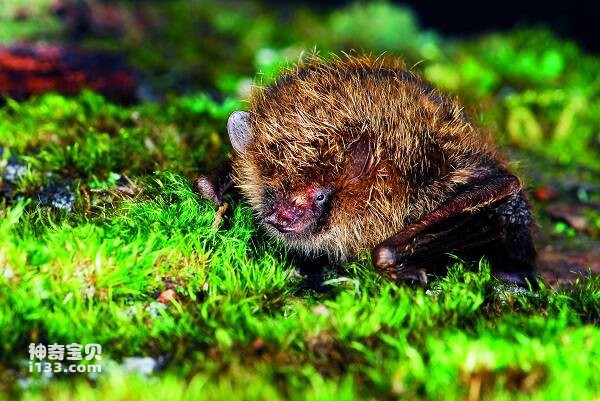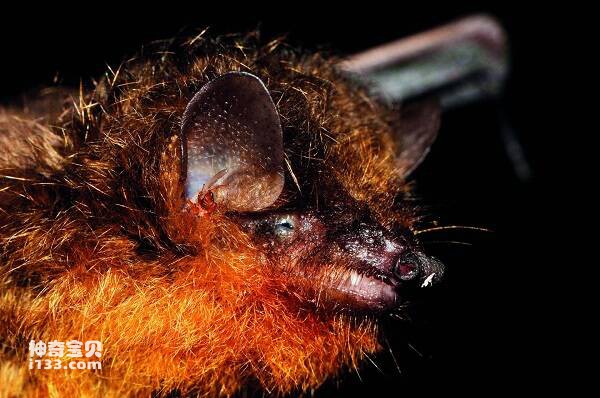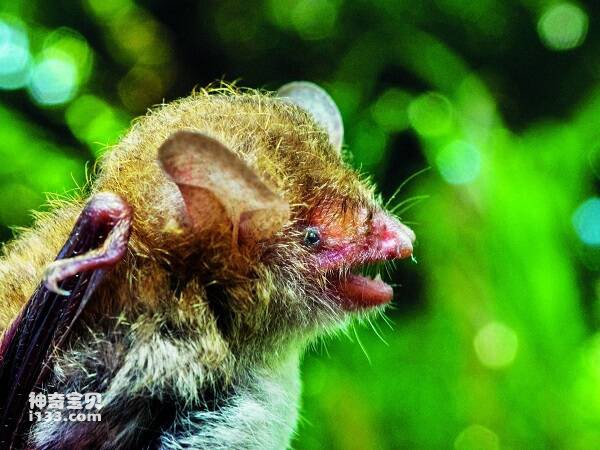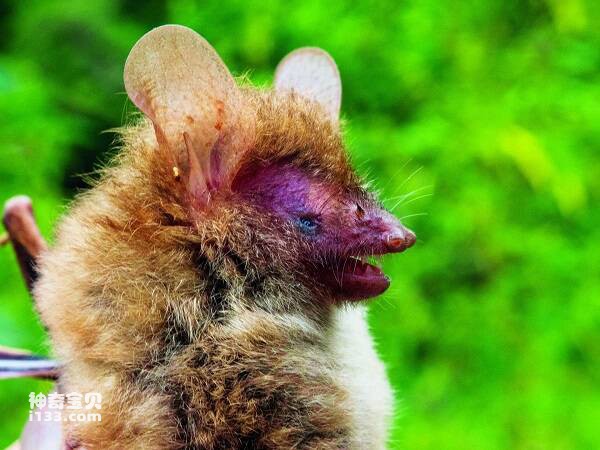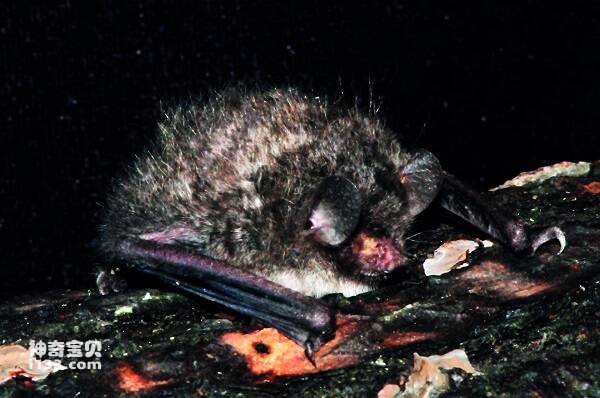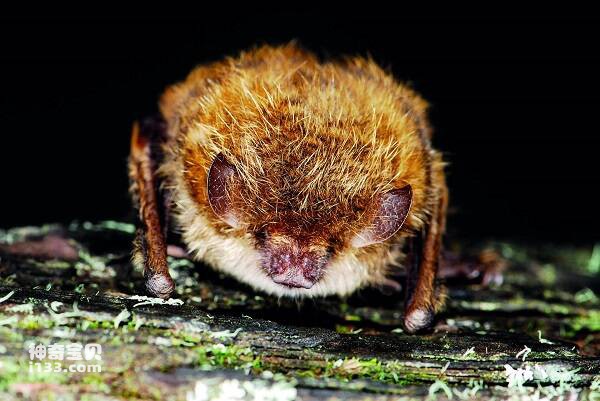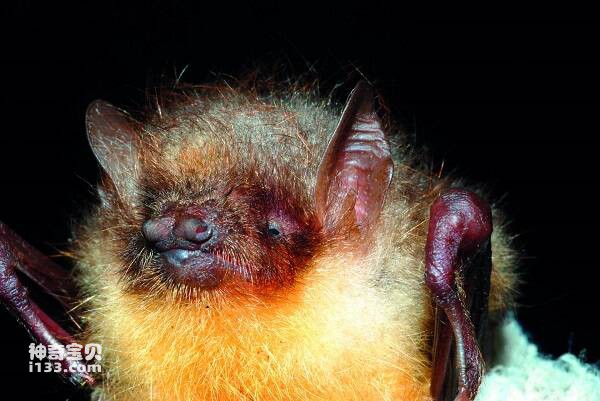Rousettus leschenaulti
IUCN
LCBasic Information
Scientific classification
- name:Rousettus leschenaulti
- Scientific Name:Rousettus leschenaulti、Leschenault's rousette
- Outline:Chiroptera
- Family:Chiroptera Pteropus F.bat
Vital signs
- length:
- Weight:
- lifetime:
Feature
Dog-like face, oval ears
Distribution and Habitat
In China, they are distributed in Fujian, Guangdong, Guangxi, Hainan, Jiangxi, Guizhou, Sichuan, Tibet, Yunnan, Macau and Hong Kong. Abroad, they are distributed in Southeast Asia, from Sri Lanka, Pakistan, Vietnam to Indonesia.
Brown fruit bats like to live in groups in large limestone caves, and sometimes they also live in the hidden places of tall trees or under coconut and banana leaves.
Appearance
The body is relatively large. The forearm is 80-99mm long. The snout is dog-like. The ears are oval and have no tragus. The tail is short and free at the tip. The interthigh membrane is very narrow and the wing membrane ends at the base of the toes. The left and right premaxillae of the skull are connected, and the back of the skull is obviously folded downward. There are 5 upper cheek teeth on each side, and the crowns of the molars are low and flat, with 34 teeth. The back of the body is dark brown to black, the back of the neck and the abdomen are gray-brown, and the wing membrane is black-brown.
Details
Brown fruit bats are typical tropical bats that do not hibernate. Although they often live in the same cave with other bats, they never mix with them. In addition, in caves where fruit bats live, fruit bats dominate the population, which seems to be a phenomenon of interspecies exclusion. In the hot summer and autumn seasons, the number of cave dwellers decreases, and they gather in small groups and live outside the caves. In winter and spring, they gather in large numbers in the caves.
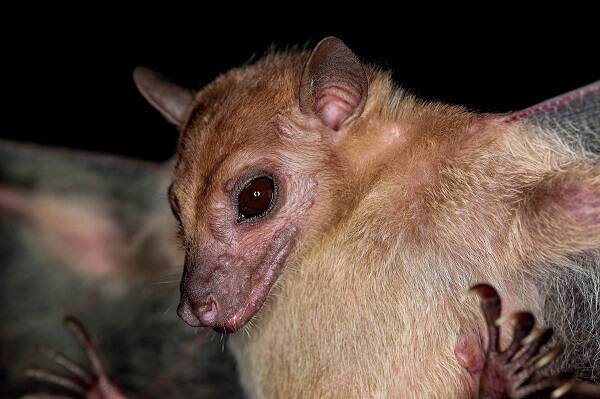
They live in limestone caves or abandoned houses during the day and go out to forage at night. They feed mostly on wild berries, but during the fruit harvest season, they also eat some longans, mangoes, lychees, etc., causing certain damage to fruit tree production. Their feces are not formed, like yellow chicken droppings, very sticky and slightly smelly. Brown fruit bats are harmful in Guangdong, Guangxi, Hainan, Fujian and other provinces. They fly into nearby orchards in the evening and harm nearly mature fruit trees, causing heavy fruit losses. The natural enemies of brown fruit bats are mainly owls and snakes. . With the development and utilization of caves, the population of this species of bats has shown a decreasing trend.
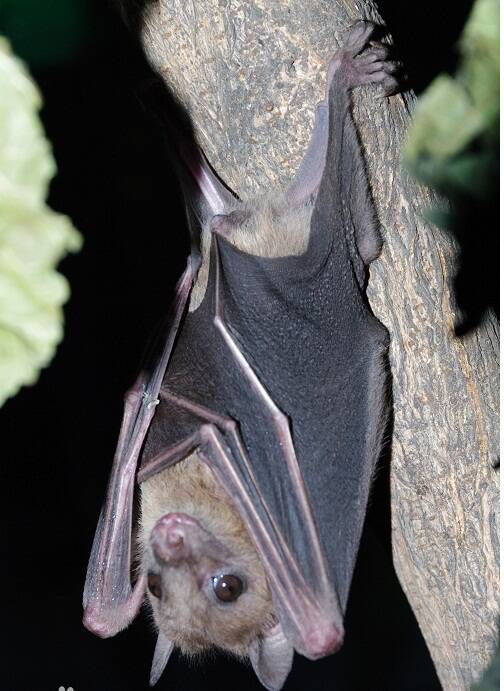
The breeding season of brown fruit bats is mainly in summer, and only individuals in summer and autumn are pregnant. Generally, the pregnant pups in April and May are the size of fingers; the pregnant pups in July and August are fully developed and are about to or have been delivered; the pups of fruit bats in October are still breastfeeding. Female fruit bats give birth to one pup per litter.
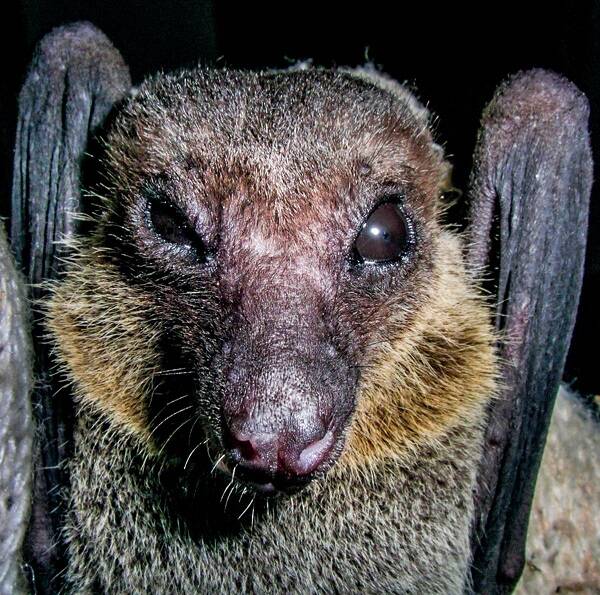
Listed in the 2008 Red List of Threatened Species of the World Conservation Union (IUCN) ver 3.1 - Least Concern (LC).

